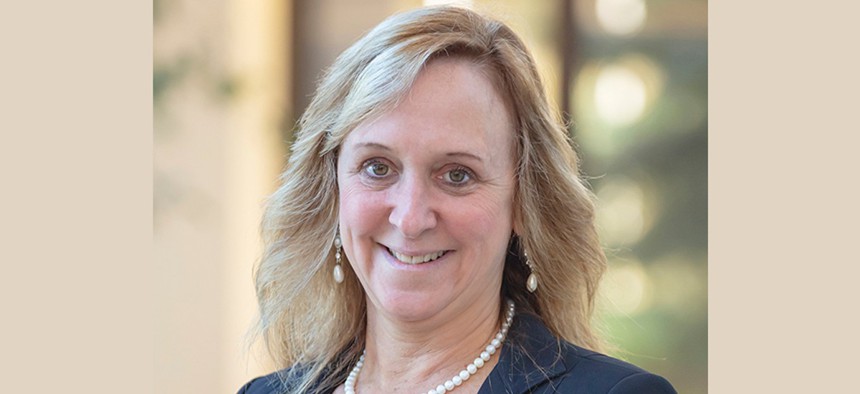Where Parsons sees commonality between its two businesses

Parsons wants its critical infrastructure segment to be an acquirer and integrator too, CEO Carey Smith told investors. Courtesy of Parsons.
In this company's eyes, a similar theme of technology modernization dominates the agenda for government and critical infrastructure programs.
Much of Parsons' acquisition activity in this current iteration of its strategy has focused on the federal solutions segment that houses technology integration work for government agencies.
While that side of the transaction pipeline remains active for Parsons, company leaders are also looking at how the critical infrastructure segment can be a part of that merger-and-acquisition engine.
During Parsons' third quarter earnings call with investors, CEO Carey Smith said the company has "expanded our outreach" to look at potential acquisition candidates in both the federal and critical infrastructure segments.
The quantitative criteria remains the same as Smith laid it out: revenue growth exceeding 10% and bottom-line margins above that same number.
As does the broader qualitative characteristics that Centreville, Virginia-headquartered Parsons looks for.
"We're still looking for companies that keep us focused on our strategic vision of becoming a strong solutions integrator that's differentiated by advanced technology," Smith told analysts.
From Parsons' perch and as that statement highlights, the company sees that trend of technology-centric thinking by customers as shaping both the federal and infrastructure markets.
Consider the endless talk, with some movement, across the entire public sector ecosystem of how federal agencies want to have a completely different technology environment than they do right now.
One mechanism agencies have to act on their vision is the government-wide Technology Modernization Fund, which essentially acts as a revolver for agencies to borrow money from to fund technology modernization efforts. But agencies must present an adequate business case to those in charge of the TMF to get the money.
The nearly $1.2 trillion infrastructure bill signed into law in November 2021 also has a modernization bent to it as well.
"As we start to build back the infrastructure, it's going to be done differently," Smith said on the call. "In the past, it was designed for about a 30-to-35 year lifespan. In the future, it's going to be designed for about 100-year lifespan, so technology is critically important."
Nearly $550 billion of the total planned infrastructure spend represents new funding with $115 billion of that focused on cybersecurity and resiliency. Smith said "any (infrastructure) component that gets built" will have those two elements as high priorities.
Parsons' plan continues to have 2023 and 2024 as the peak years of that infrastructure spend, but the initial rollout of those funds is showing up.
Smith said that during the third quarter, $77 million in funding from the Infrastructure Investment and Jobs Act went toward new project work under a technical support services contract with the Federal Aviation Administration.
That work for the FAA involves engineering, construction oversight, installation and technical services.
"We're seeing benefit across our rail and transit customers as well as some of the aviation customers are moving their projects forward," Smith added. "There was about $88 billion of road and highway funding that's been rolling out, and some of the formula funds that get allocated to the states."
A second strategic priority for Parsons, and one it conceded there was work to do on, has been to turn the corner on hiring and retention. Parsons reported having nearly 15,500 employees at the end of calendar year 2021.
Smith said that for the first nine months of 2021, Parsons is up 46% over last year and has "already exceeded all of our total 2021 hiring."
Fourth quarter revenue of $1.1 billion was 19% higher versus the prior year period and showed 11% organic growth after accounting for sales gains through acquisitions, while profit was 22% higher year-over-year to $102.7 million in adjusted EBITDA (earnings before interest, taxes, depreciation and amortization).
Parsons lifted its top and bottom line guidance for 2023 to these new figures: revenue of $4.05 billion-to-$4.2 billion with adjusted EBITDA of $340 million-to-$360 million.
Those updated ranges suggest year-over-year sales growth of 13% including 7% organic and profit rising 13%.


